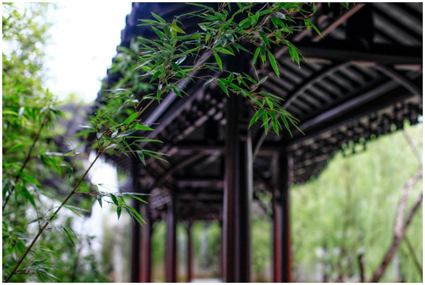

"Values of cultural heritages can thus be better understood by the public, and different kinds of gardens can portray a panorama of Suzhou gardens," Zhu says.
Among 108 registered classical gardens across the city, 90 have been opened to the public, thanks to recent renovation.
In both He and Zhu's eyes, renovation not only rescues these physical gardens, but also ensures that the craftsmanship that created them remains in the collective consciousness.
In the Ming Dynasty (1368-1644), artisans in Suzhou known as the "Xiangshan group" became legendary in architecture. They brought a golden era to Suzhou classical gardens, greatly contributed to the construction of the Forbidden City in Beijing, and helped to set up a series of criteria in building traditional Chinese architecture.

Nevertheless, this old master-apprentice system nurturing talent gradually faded away in modern times. Relatively low income in the industry also leads to local artisans switching to other jobs.
Consequently, through renovation of the gardens, He expects to gradually establish a sustainable system introducing young blood and thus revive traditional techniques and artisans' social status.
In 2006, the traditional construction technique of the "Xiangshan group "was listed as a national-level intangible cultural heritage.
With a framework of UNESCO, annual training sessions on ancient Chinese architecture conservation are also held in Suzhou to nurture stronger expertise at home and abroad.